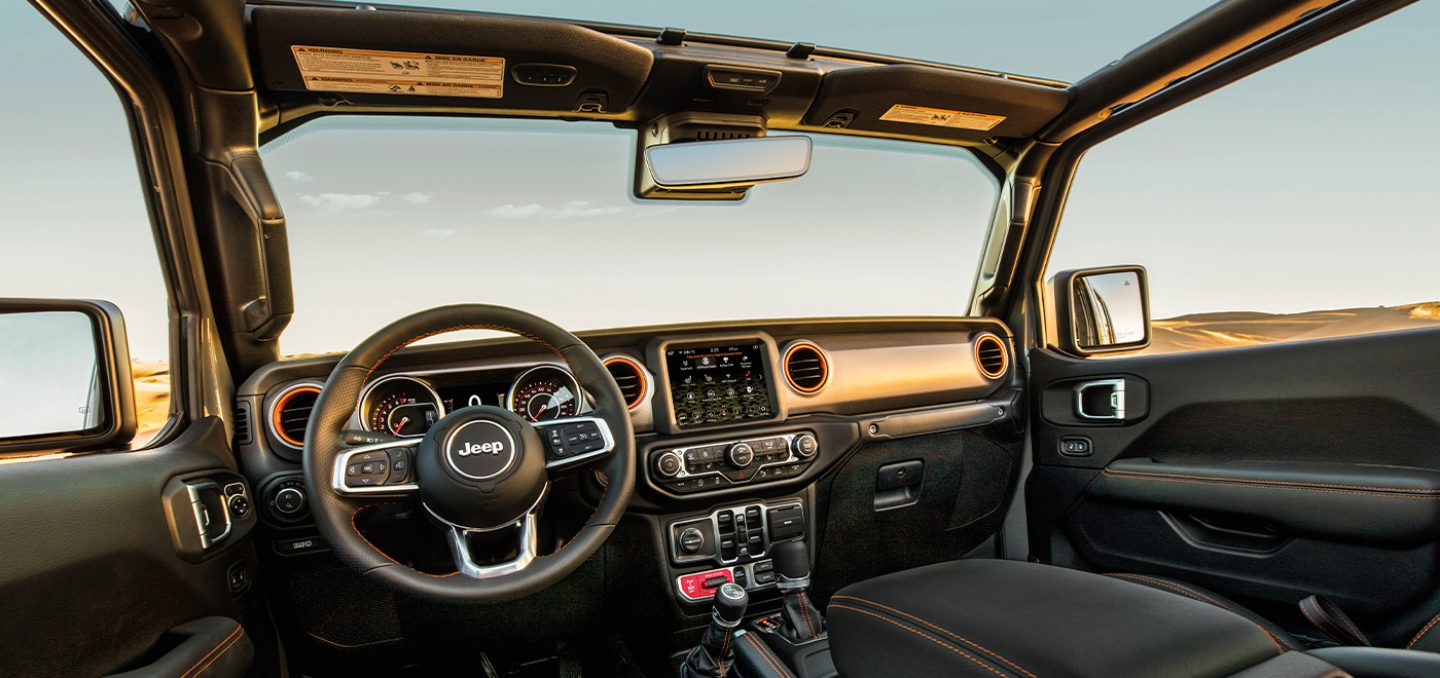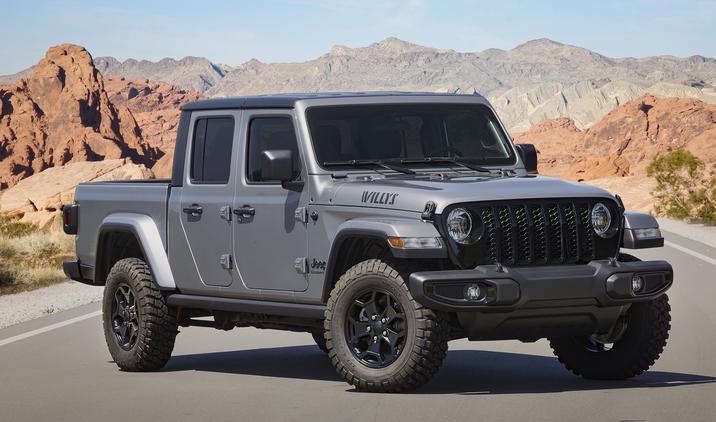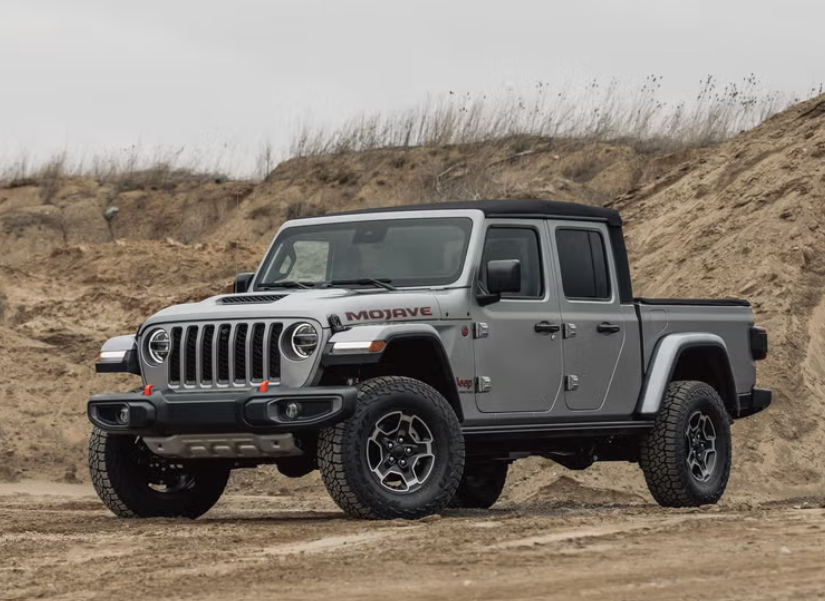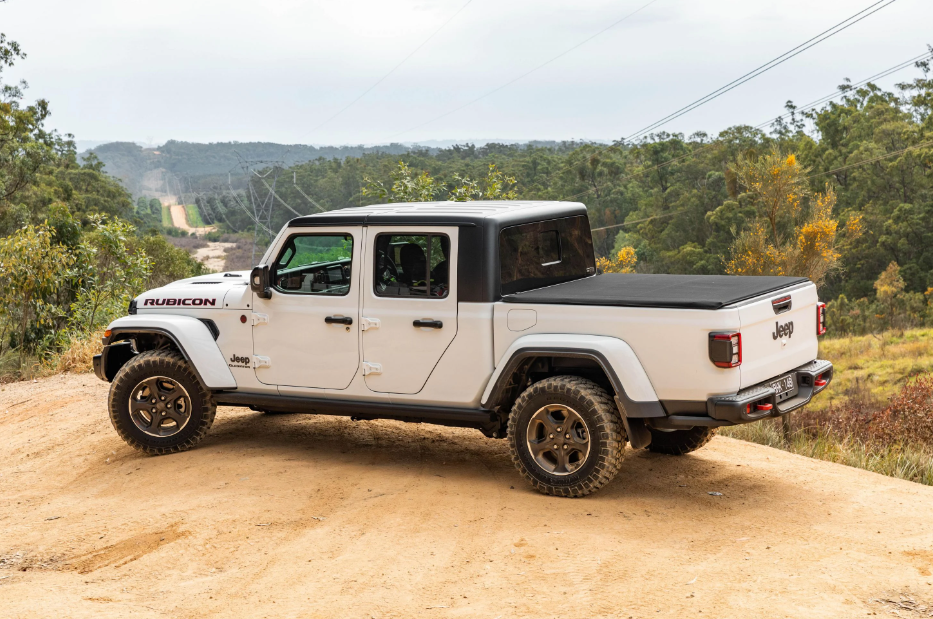Description
Towing and Payload Capacity
When properly equipped, the Gladiator can tow an impressive 7650 pounds. Even the weakest version can pull a 4000-pound trailer. For comparison, the Wrangler is only rated to tow up to 3500 pounds. Those looking to load up the Gladiators cargo bed can carry between 1105 and 1700 pounds of payload.
Fuel Economy and Real-World MPG
Gladiator models equipped with the standard manual transmission are rated at 16 mpg city and 23 highway. The automatic gearbox increases its estimated city mpg to 16 and drops its highway figure to 22 mpg. The diesel version is rated at 22 mpg city and 28 highway. We’ve only tested gas-burning Gladiators with the automatic transmission on our 75-mph highway route that helps us better evaluate real-world fuel economy. The Overland model was the most efficient version, returning 21 mpg on the highway, but the Mojave returned a much lower 15 mpg. However, the latter was equipped with bigger tires and a higher rear axle ratio than the Overland (4.10 versus 3.73). For more information about the Gladiator’s fuel economy.
Interior, Comfort, and Cargo
Inside, the Gladiator has an upright dashboard that imitates the Wrangler’s and supports user-friendly controls. Durable details include a waterproof push-button start, and there are optional convenience features such as a heated steering wheel and heated front seats. Jeep says the truck’s stretched wheelbase improves back-seat legroom versus the four-door Wrangler. The Gladiator also has body and roof panels that can be easily removed to create an open-air cabin. Along with its five-foot cargo bed, the Gladiator is filled with ingenious interior storage options. Its cabin has a handful of spots to stick a smartphone and a handy compartment hidden under the back seat. The seats themselves can be stowed in multiple ways and then securely locked in place for when the trail turns treacherous.









